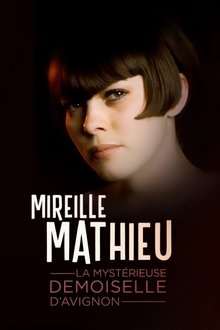Canadian actress and filmmaker Sarah Polley investigates certain secrets related to her mother, interviewing a group of family members and friends whose reliability varies depending of their implication in the events, which are remembered in different ways; so a trail of questions remains to be answered, because memory is always changing and the discovery of truth often depends on who is telling the tale.
Related Movies
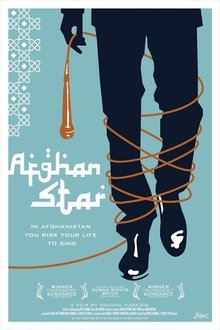
Afghan Star (2008)
This documentary on the effect the talent competition "Afghan Star" has on the incredibly diverse inhabitants of Afghanistan affords a glimpse into a country rarely seen. Contestants risk their lives to appear on the television show that is a raging success with the public and also monitored closely by the government.
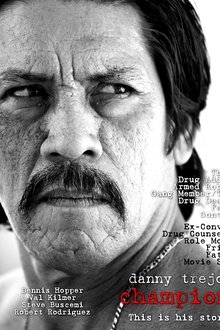
Champion (2005)
Danny Trejo, you know the man. He has fierce tattoos, and frequently plays a thug in your favorite movies. Behind the ink and the wicked characters he plays on screen lies the story of a troubled childhood which included drug addiction, armed robbery and extensive prison time. Champion offers an intimate, one of a kind view into the life of Danny Trejo before he turned himself around and after.
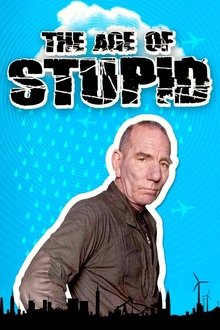
The Age of Stupid (2009)
Pete Postlethwaite stars as a man living alone in the devastated future world of 2055, looking at old footage from 2008 and asking: why didn’t we stop climate change when we had the chance?

Studs Terkel: Listening to America (2009)
For over 60 years, Studs Terkel elevated the voices and experiences of everyday Americans through his skillful interviews on radio, in books and on TV. This documentary takes a fond and illuminating look back at one of America's most influential authors and media personalities whose curiosity about people never dimmed over the course of a long and brilliant career.
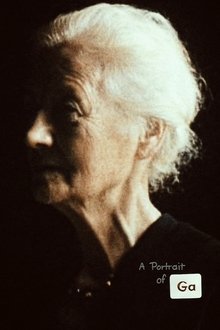
A Portrait of Ga (1952)
Another early experiment in portraiture from Tait. In filming her mother she asks the wider question of how much the camera can reveal of the person.

The Market (2011)
In a slum in Chennai, India, a young mother of two, wants to sell her kidney so she can pay off the crippling debts of her family. If she sells Hema will be the fifth member of her family to sell a kidney for an amount that represents several years' wages. Across the world in Nanaimo, Canada, forty year old single mom Sandra's kidneys are failing and she has been on a waiting list for 5 years now. Two different people. Two journeys.

I Am Paul Walker (2018)
Exploring the life and legacy of actor Paul Walker, the Southern California native who cut his teeth as child actor before breaking out in the blockbuster Fast and Furious franchise.
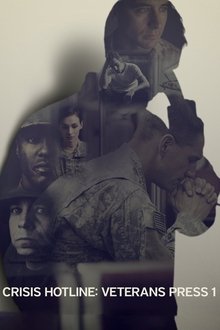
Crisis Hotline: Veterans Press 1 (2013)
According to the U.S. Department of Veterans Affairs, one veteran dies by suicide in America every 80 minutes. While only 1% of Americans has served in the military, former service members account for 20% of all suicides in the U.S. Based in Canandaigua, NY and open 24 hours a day, 365 days a year, the Veterans Crisis Line receives more than 22,000 calls each month from veterans of all conflicts who are struggling or contemplating suicide. This timely documentary spotlights the traumas endured by America’s veterans, as seen through the work of the hotline’s trained responders. CRISIS HOTLINE captures extremely private moments, where the professionals, many of whom are themselves veterans or veterans’ spouses, can often interrupt the thoughts and plans of suicidal callers to steer them out of crisis.
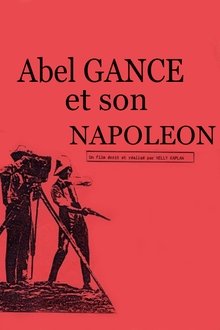
Abel Gance et son Napoléon (1984)
This documentary focuses on the making of the 235-minute, silent epic Napoleon, the masterpiece of French director/writer/actor Abel Gance. Napoleon showcased Gance's talents with the camera, his use of multiple-images (like a split screen), and his handling of crowded action scenes -- all brought forward in this documentary by his later assistant, Nelly Kaplan. While Gance was shooting Napoleon in 1925-26, he and his crew were also being filmed for a documentary titled Autour de Napoleon. The only extant reels from that documentary are included in this film, as well as views of Gance's unique "triptychs" -- three different scenes lined up side-by-side across a super-wide screen to convey the effect of a panorama, or of three separate interludes. Nelly Kaplan put together this documentary using old footage, such as Gance filming the famous snowball fight at the Brienne military school and still photographs and excerpts from Gance's production diaries.
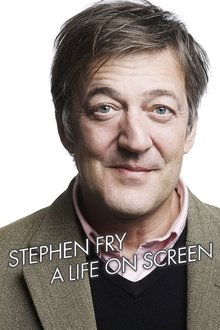
A Life On Screen: Stephen Fry (2015)
In this documentary, Stephen Fry tells the story behind his success, after presenting the BAFTAs for more than ten years. With an outstanding career in film and television which began with a chance meeting with comedy partner Hugh Laurie at Cambridge, he went on to create the outrageous Melchett in Blackadder and has become a firm favourite on BBC2 with the quite interesting quiz QI. Featuring a supporting cast of friends, including interviews with Michael Sheen, Hugh Laurie and Alan Davies.
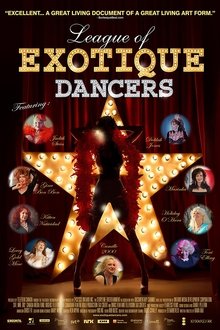
League of Exotique Dancers (2015)
League of Exotique Dancers explores vintage Burlesque's world of fun, frolic, and feathers, yet also turns the spotlight on the poverty, racism, and sexism that were rampant under all that glitter.

Skyscraper (1959)
Nominated for an Academy Award, this live-action short film playfully chronicles the construction of the Tishman Building at 666 Fifth Avenue in New York City.
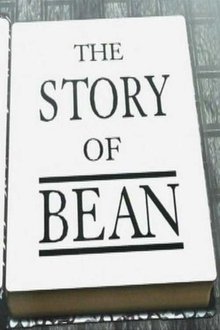
The Story of Bean (1997)
Pending release of the movie "Bean," Rowan Atkinson reflects on his comedy career and reveals how his comic creation Mr Bean evolved. This 1997 documentary includes career clips as well as interviews with Atkinson, writers Richard Curtis and Ben Elton, British comedians Lenny Henry and Mel Smith and movie celebrities Jeff Goldblum and Burt Reynolds.
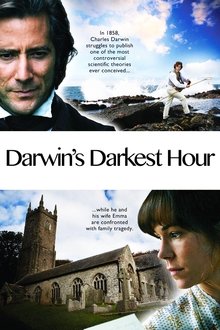
Darwin's Darkest Hour (2009)
In 1858 Charles Darwin struggles to publish one of the most controversial scientific theories ever conceived, while he and his wife Emma confront family tragedy.
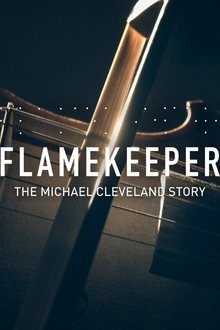
Flamekeeper: The Michael Cleveland Story (2019)
Eleven time Fiddler of the Year and even a Grammy nominee, but that's just part of the story. Though born with disabilities that left him blind and partially deaf, Michael Cleveland is considered by many to be the greatest fiddler of all time.

Mundurukuyü – The Forest of the Fish Women (2025)
Using the camera as a weapon to defend their ancestral land in Brazil, three women of the Daje Kapap Eypi audiovisual collective lovingly record their Munduruku traditions and their mythology of humans transforming into forest plants and animals.

Paid in Blood (2025)
After surviving the massacre in which the police killed ten landless workers in Pará’s Amazon region, Fernando dos Santos becomes the only survivor to reveal his identity and testify. Still shaken, he recounts how the police murdered his boyfriend and tortured his companions, yet the film portrays him as far more than a victim: a courageous man who left the city’s comfort to chase the dream of owning land, using humor and intelligence to endure the solitude of being a gay man in rural Brazil. Alongside him is José Vargas, an idealistic lawyer defending the survivors and their right to justice. As he faces threats and isolation, the film exposes the human cost of truth, resilience, and the struggle for dignity in a land scarred by violence and inequality.
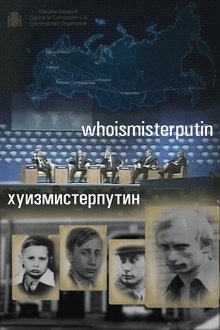
Who Is Mister Putin (2015)
Based on investigations by independent journalists, the film documents the origins of Russian President Vladimir Putin’s private wealth and subsequent rise to power, demonstrating his ascension to the Russian presidency after an alliance built in the early 1990s between himself, certain friends from Leningrad’s KGB, and mafia groups.

The Most Dangerous Man in Europe: Otto Skorzeny's After War (2020)
Waffen-SS officer Otto Skorzeny (1908-75) became famous for his participation in daring military actions during World War II. In 1947 he was judged and imprisoned, but he escaped less than a year later and found a safe haven in Spain, ruled with an iron hand by General Francisco Franco. What did he do during the many years he spent there?
